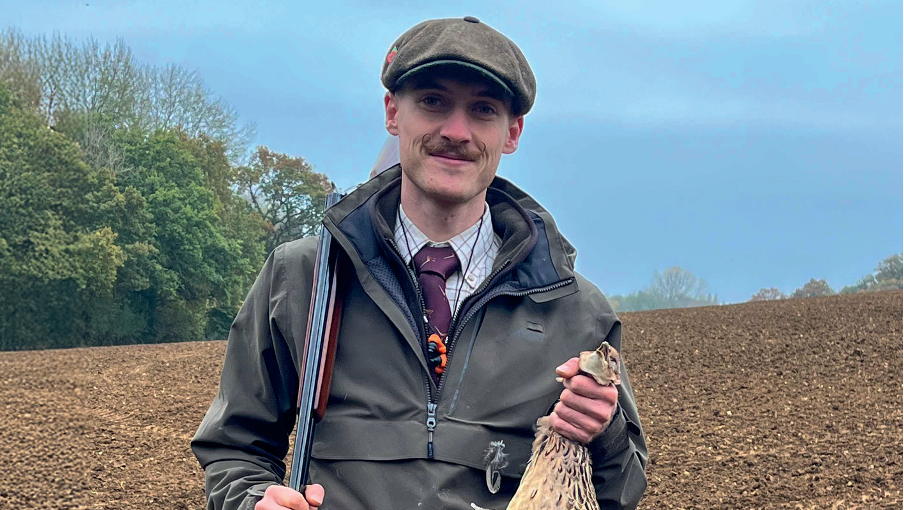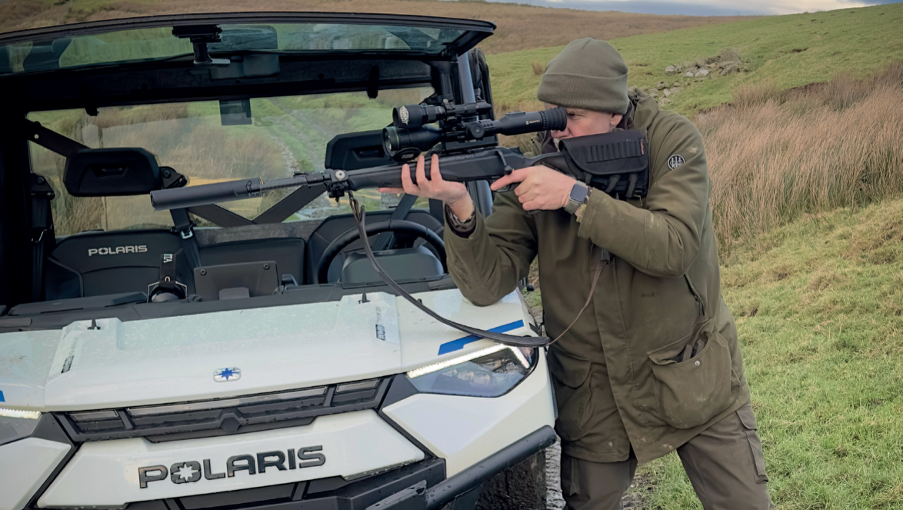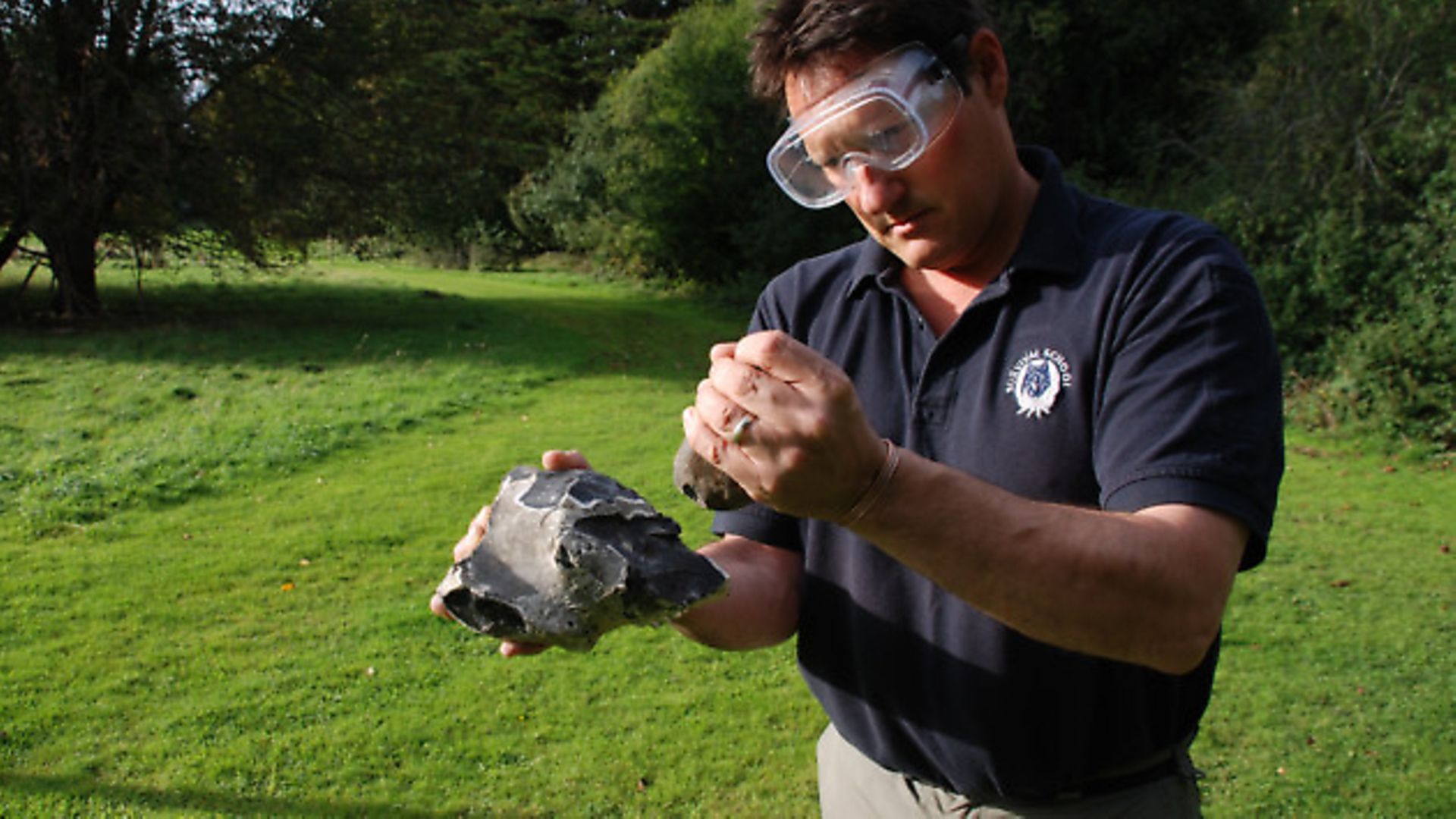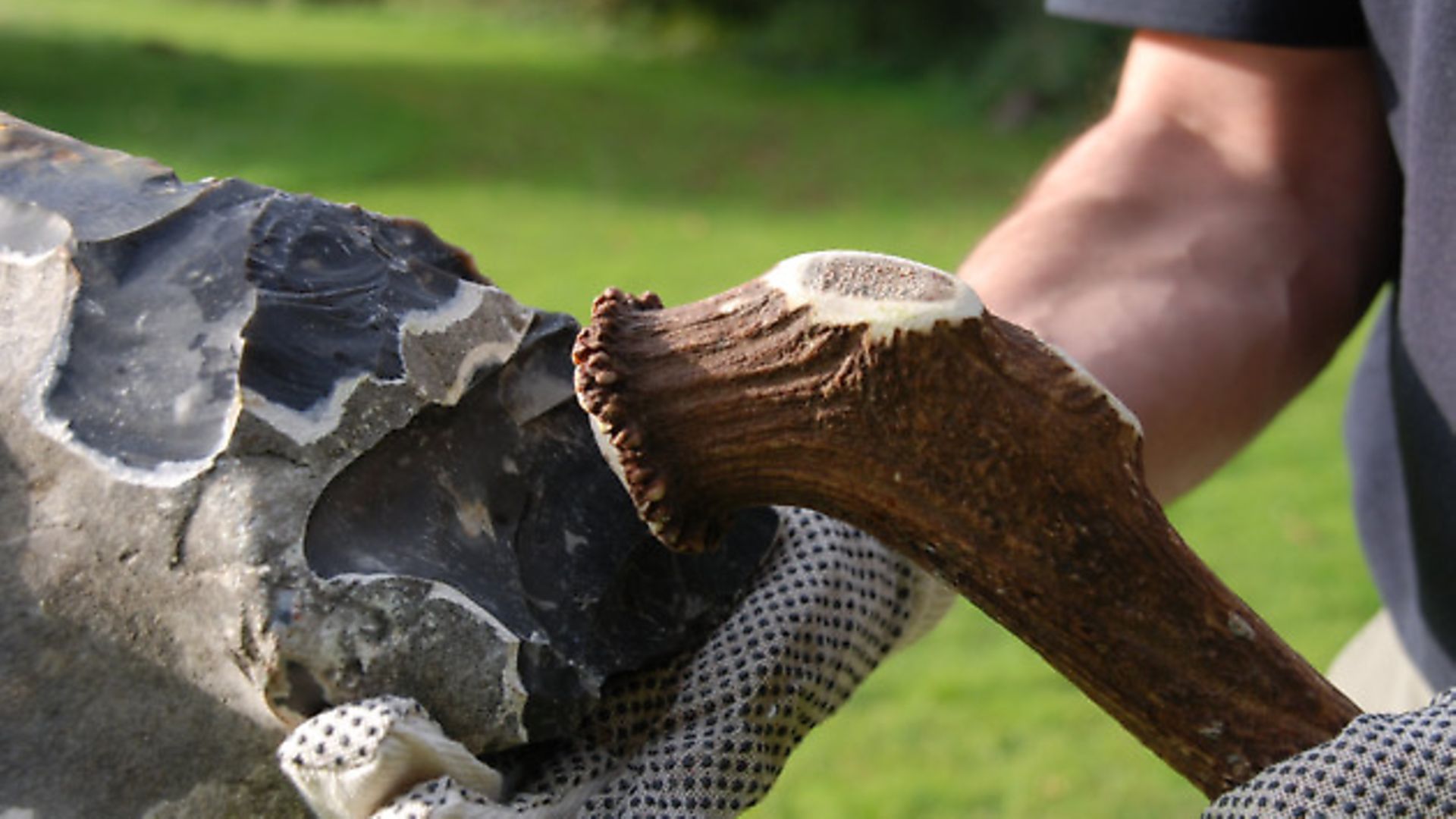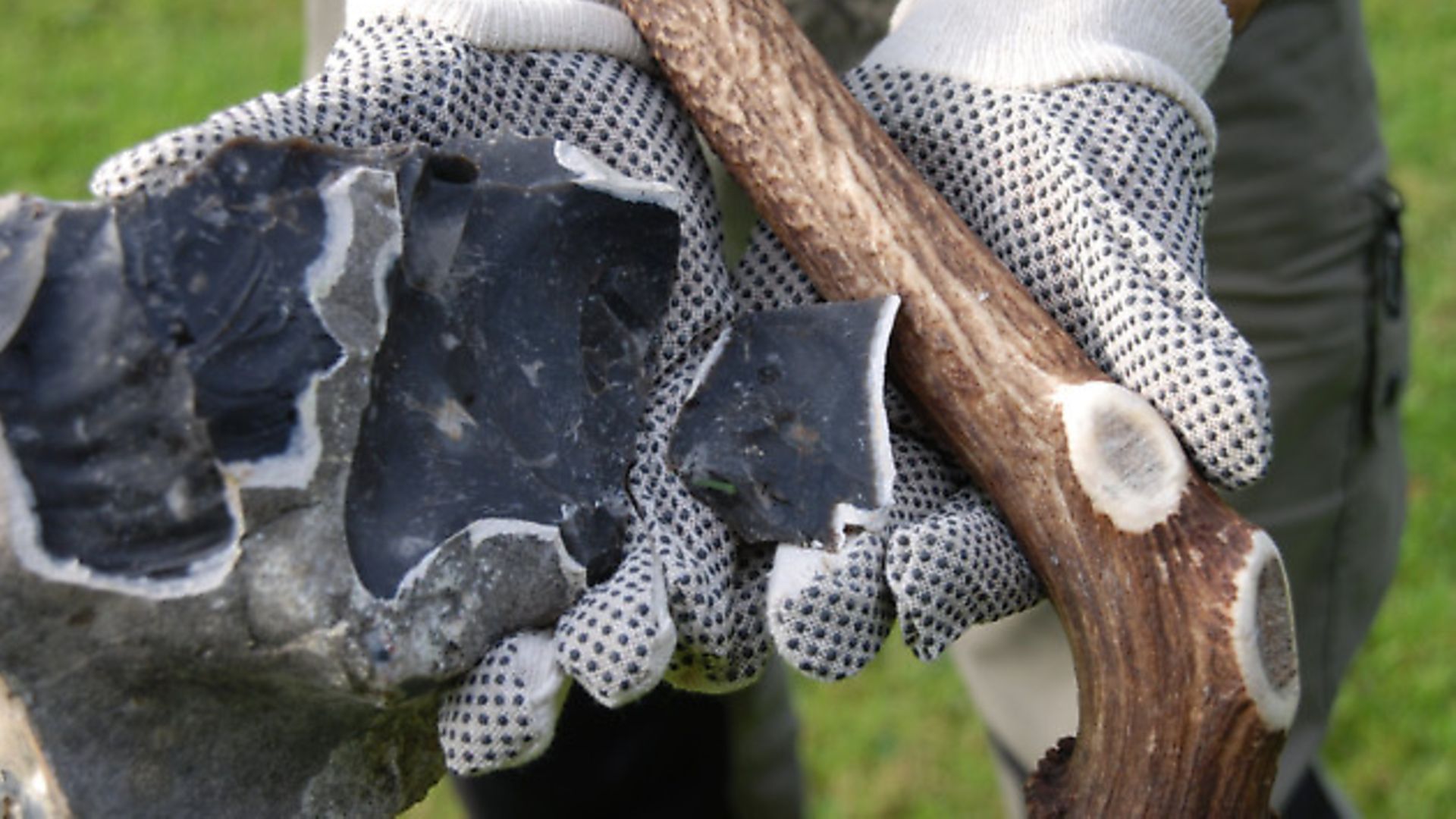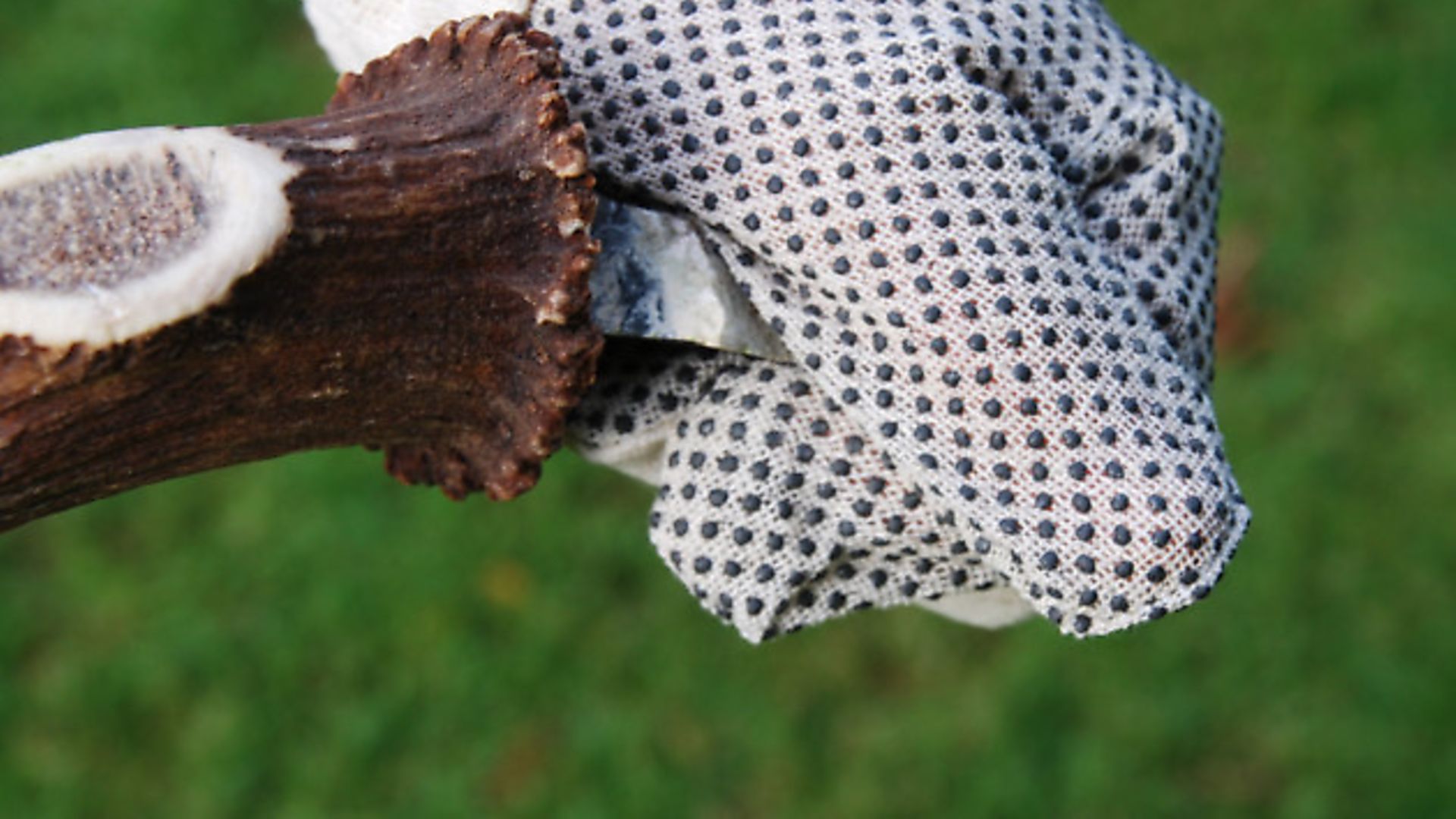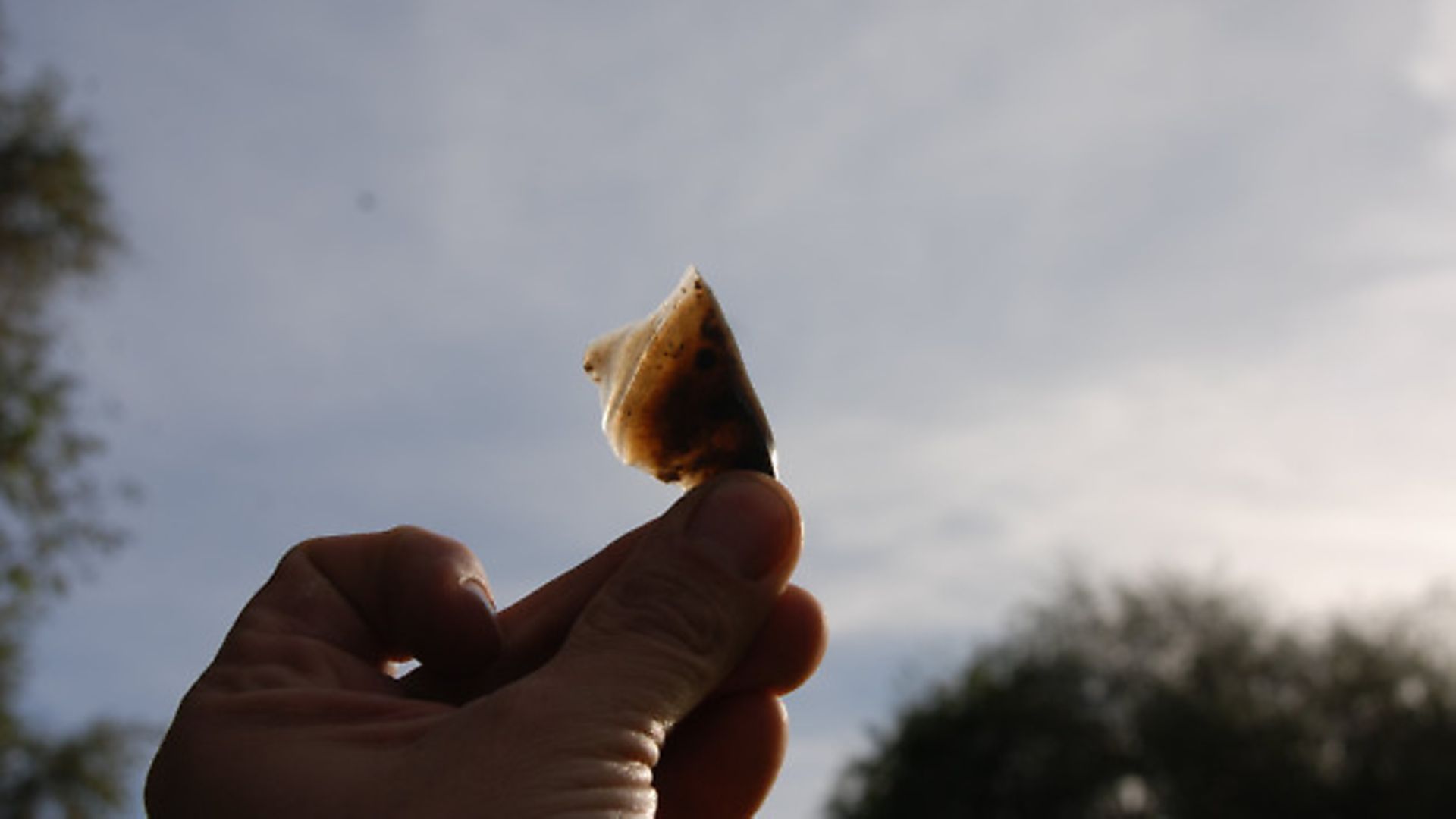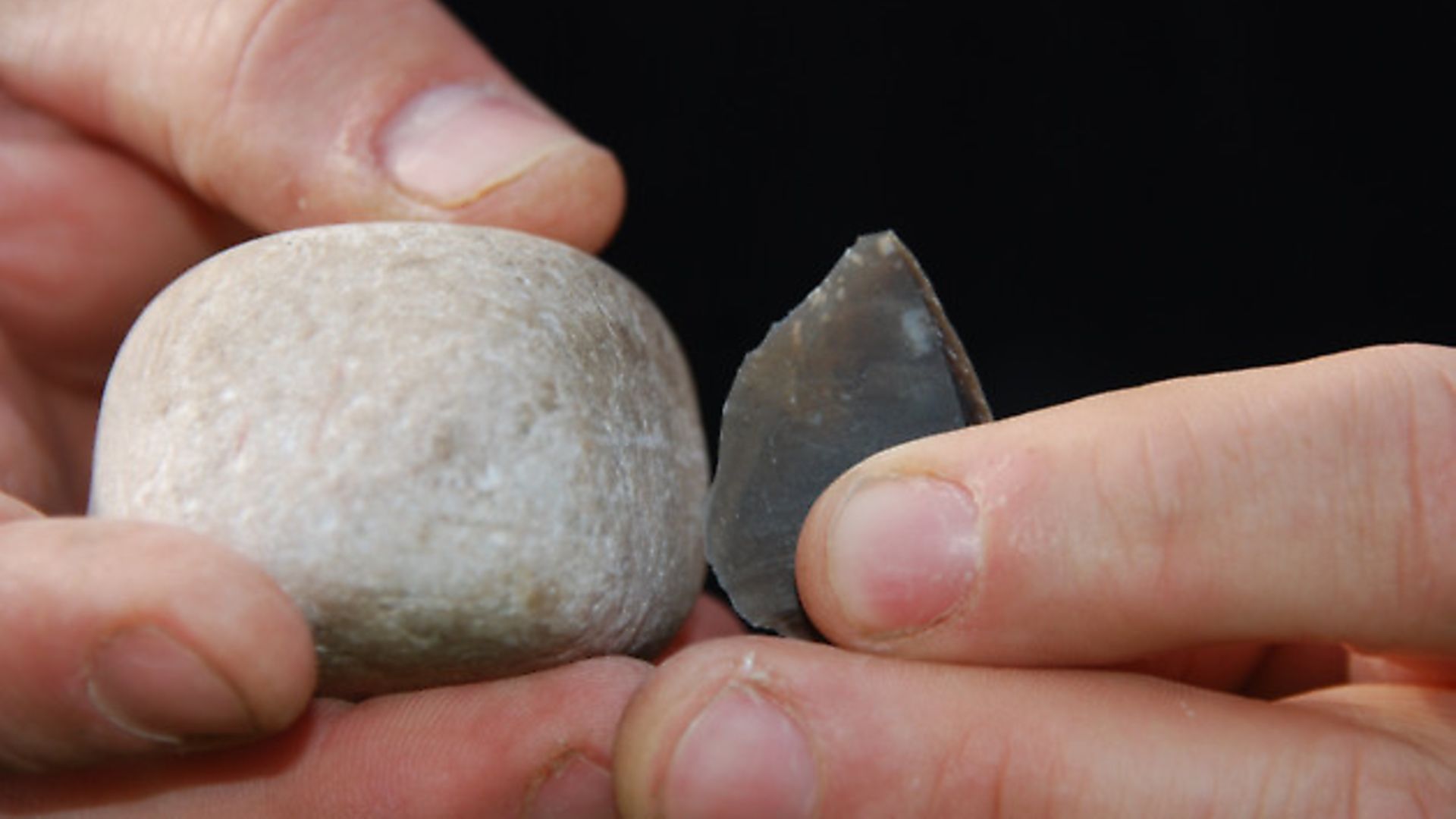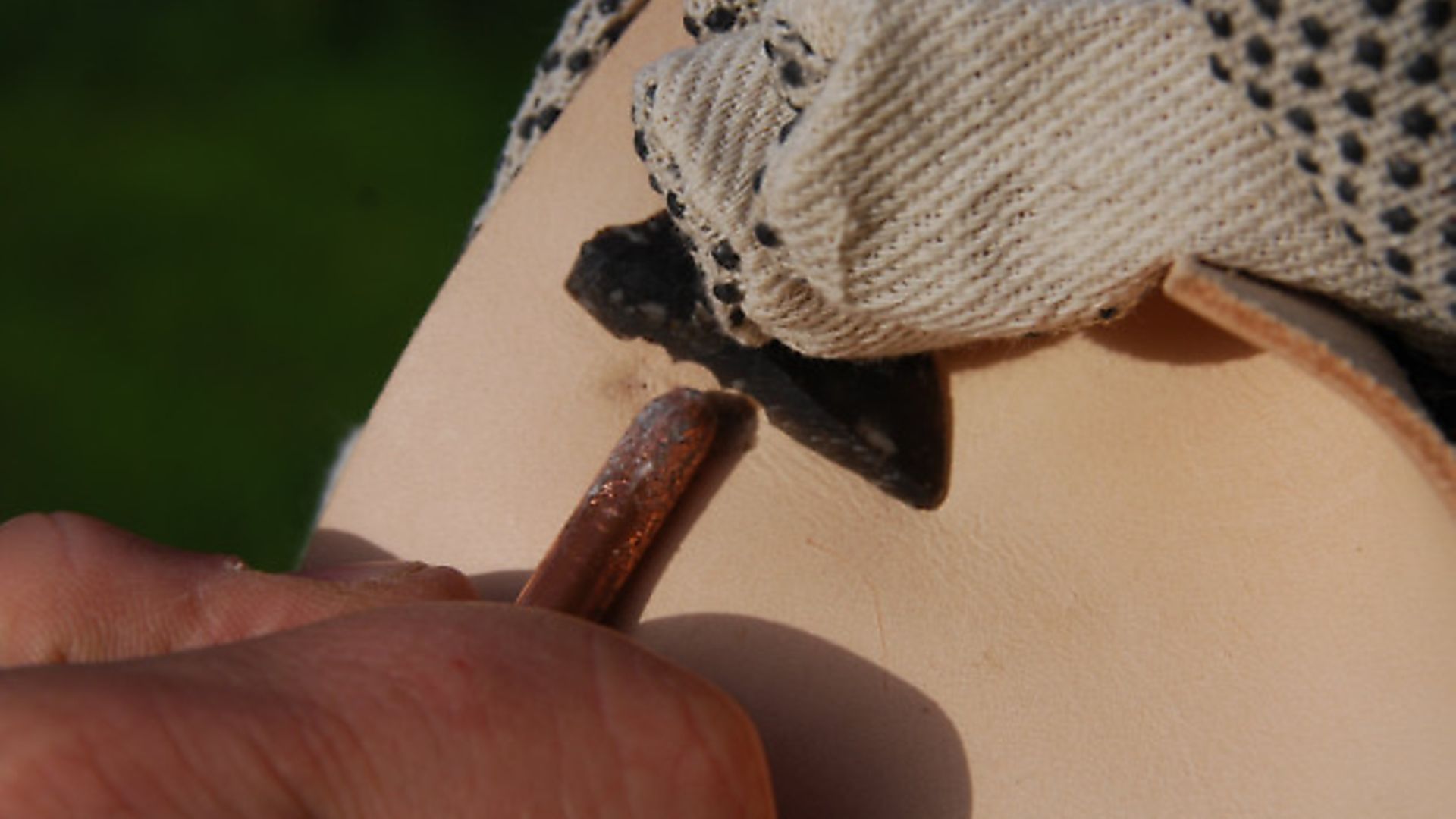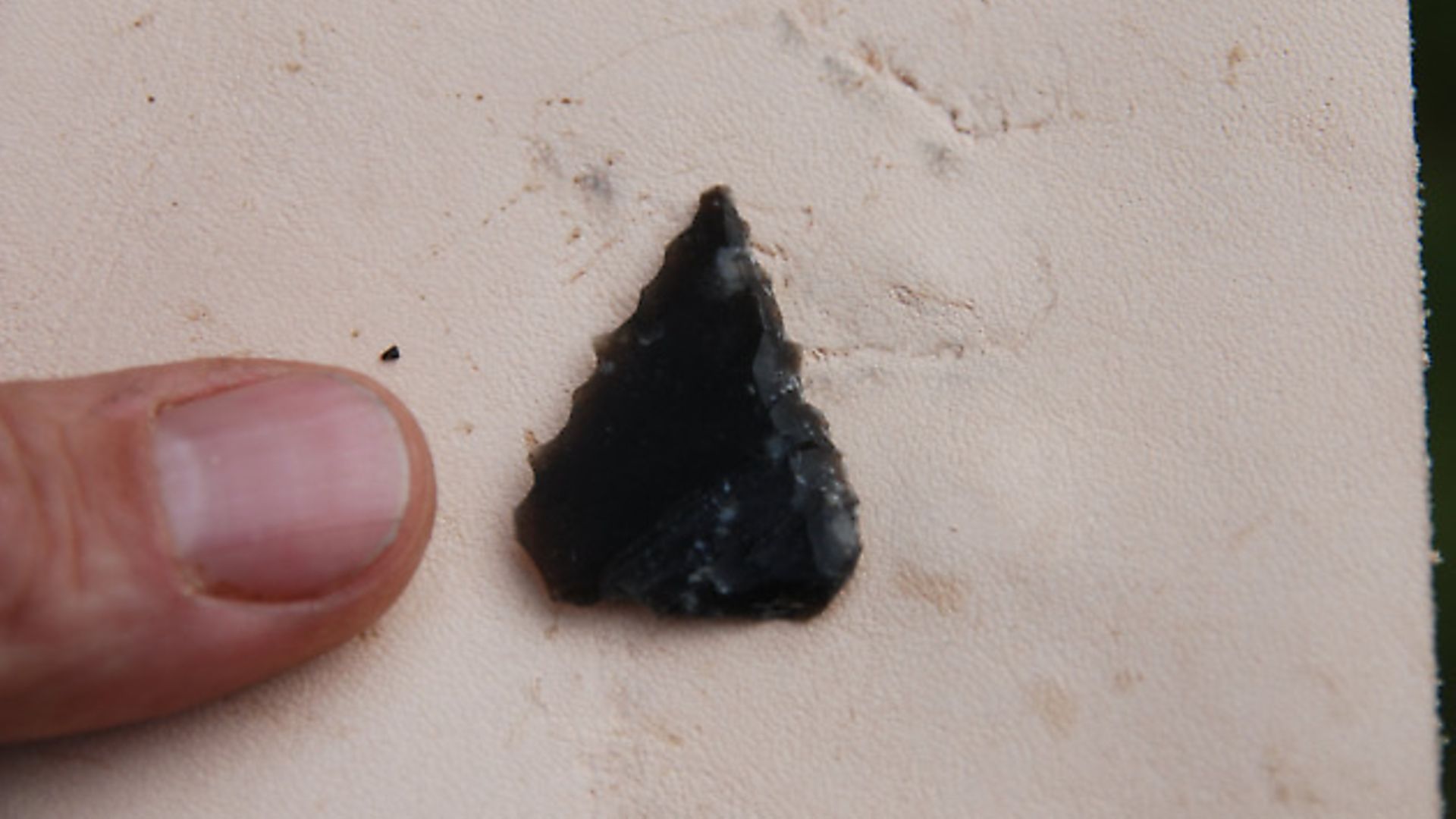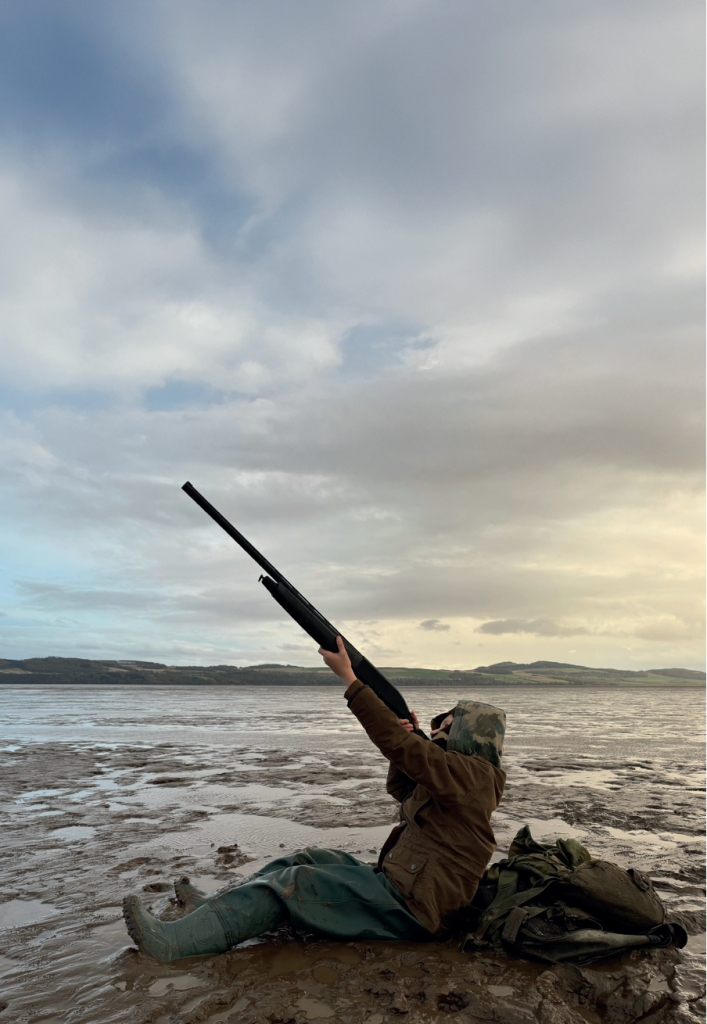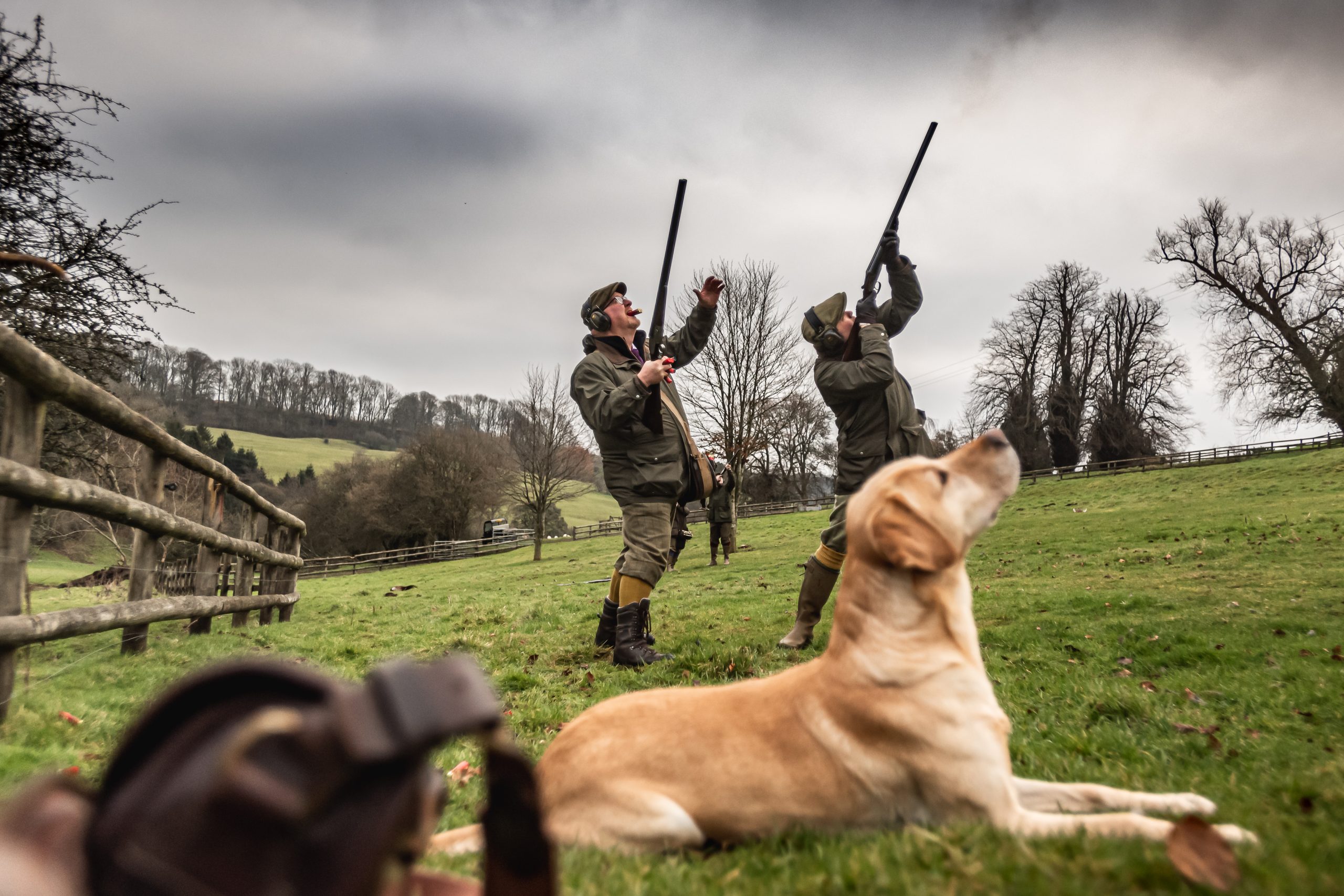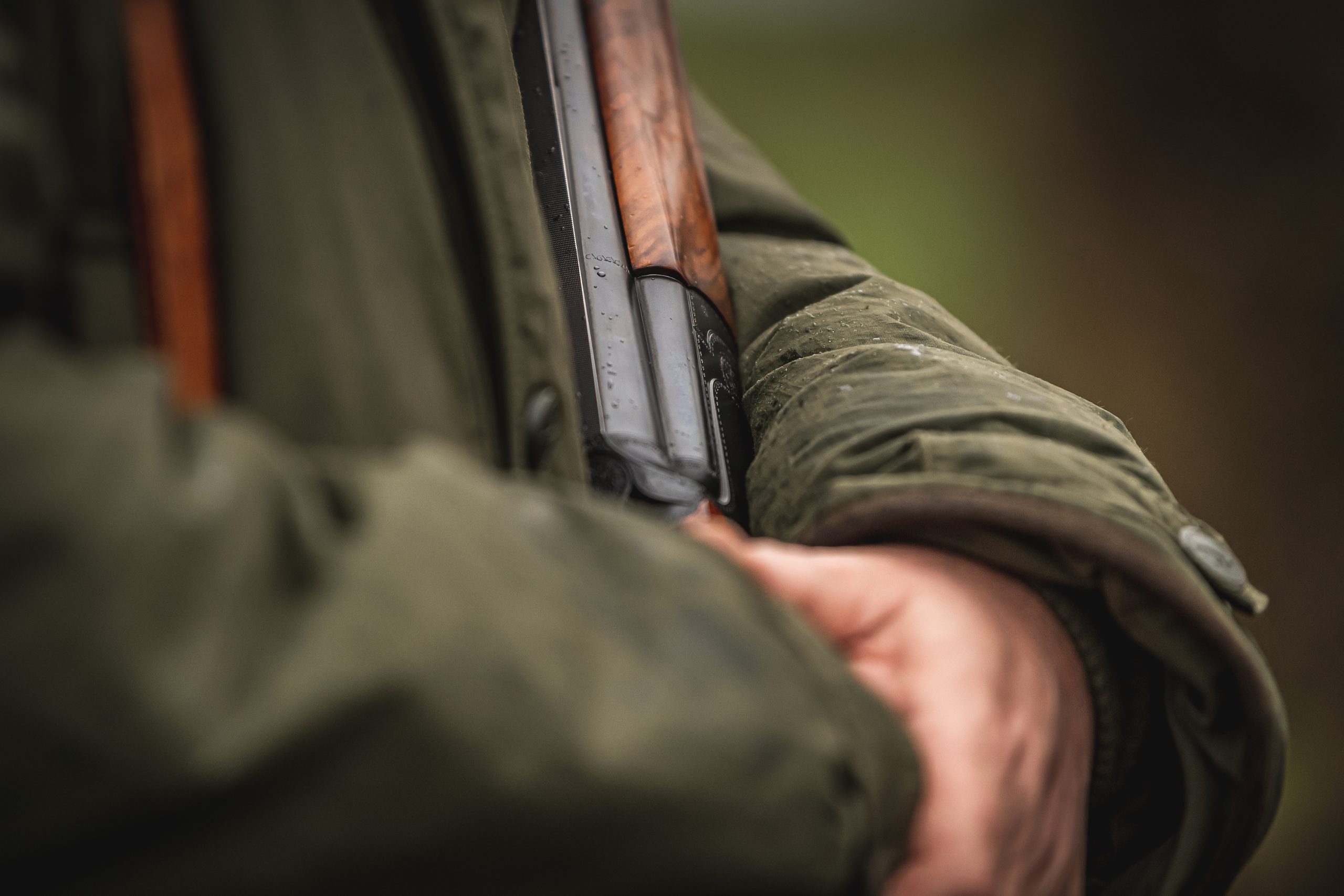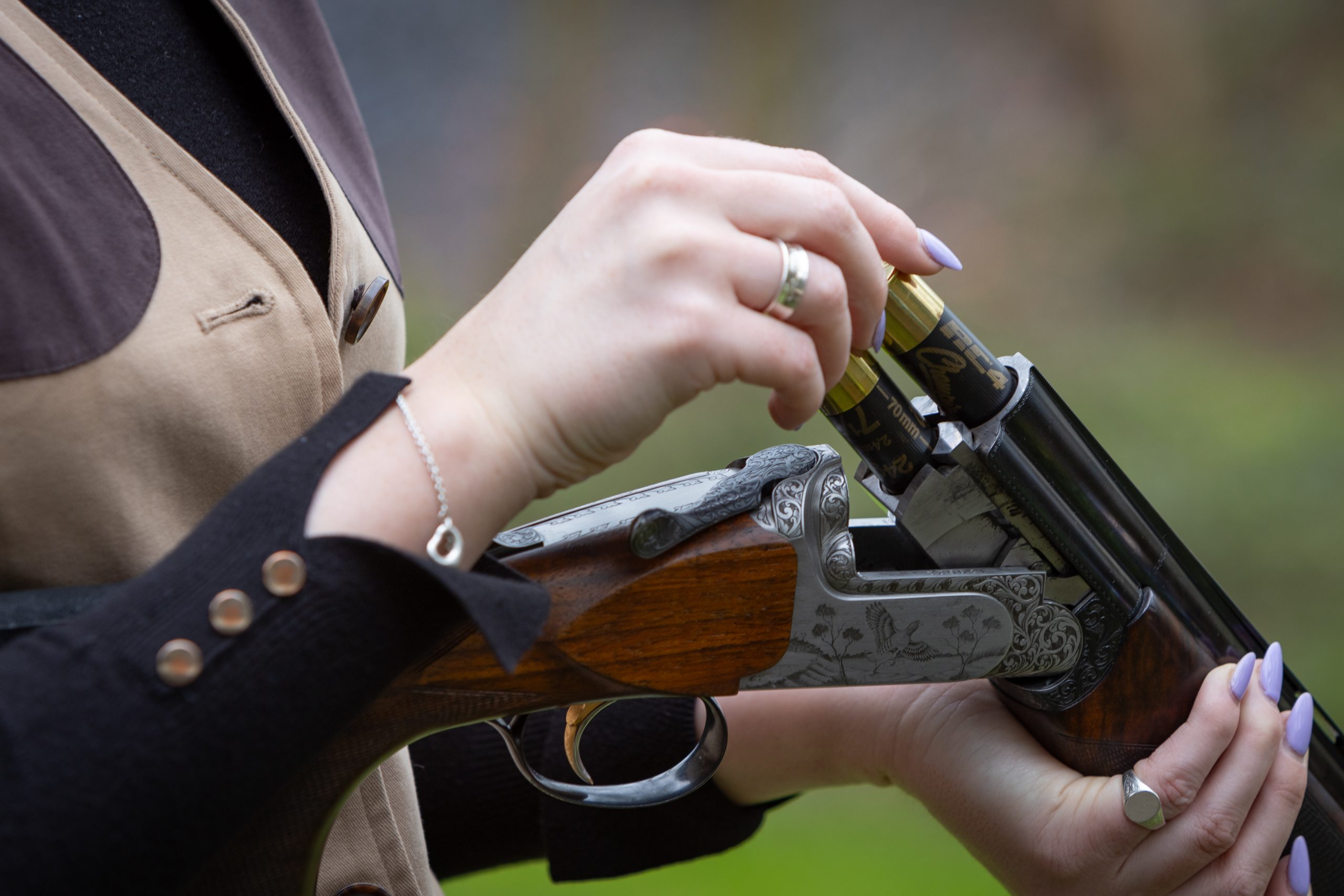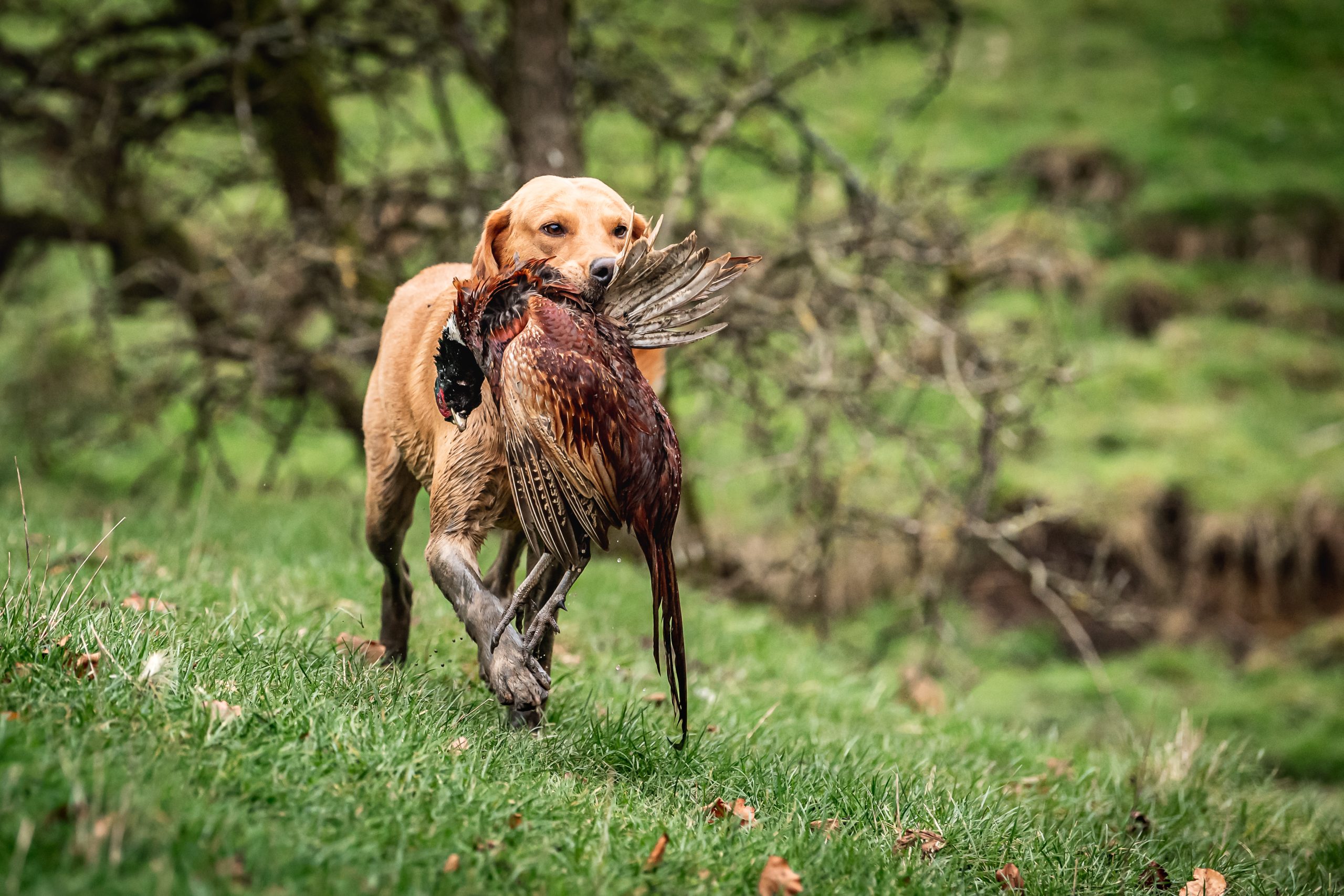Shooting
Crockett makes an arrowhead
Would you like to appear on our site? We offer sponsored articles and advertising to put you in front of our readers. Find out more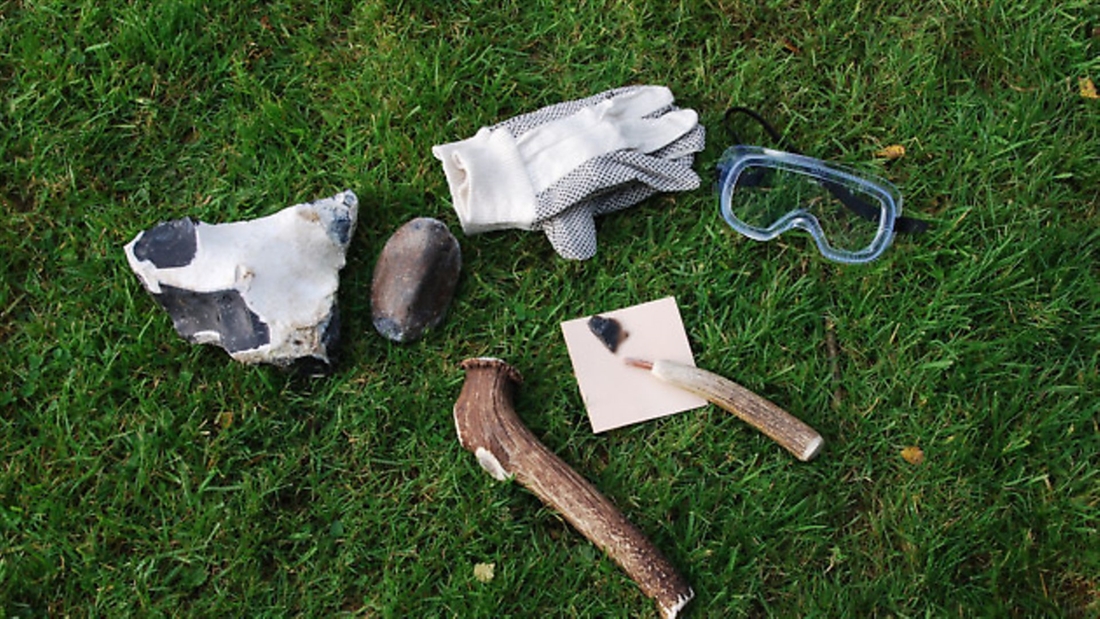
Ever wondered how to make your very own arrowhead? Read on…
Normally in Sporting Shooter we read about rifles and ammunition. This month we’re going to look at what our ancestors used: rather than a .243 round, they used flint arrowheads.
A little known fact about arrowheads is this: the very best arrowheads were never fired in anger, if indeed at all. Instead, they were kept for more ceremonial uses, such as adornment and decoration. Our ancestors may have been primitive but they weren’t stupid. A hunting arrowhead only needed to be sharp, pointed, attachable to a shaft and capable of puncturing an animal’s body. They wouldn’t have worried about aesthetics. Also, their successful conversion rate from a piece of flint to working arrowhead wasn’t 100%. Midden mounds show literally heaps of failures. The trick is to spot the potential failure and move on to the next piece. If you’re starting out on making your first flint arrowhead, don’t get down-hearted if it doesn’t work first time. The arrowhead below took no more than four or five minutes.
Step 1: When striking flint, tiny razor sharp shards go everywhere. For your own protection, you should wear eye defence and gloves where necessary. You also need: hammer stones (one big and one small; rounded and smooth river or beach stones are best), a soft hammer – for this I’m using the butt end of a red deer antler I retrieved from a trip to Scotland recently – and a retouché, which is the point from an antler with a 4mm copper rod in the sharp end. You will also need a tough leather patch at least the size of your hand. The single most important item you need, though, is a lump of flint. If you are doing this in an area where people are likely to sit or kneel, put a tarpaulin down to collect the shards that drop off so people won’t cut themselves.
Step 2: Find an edge to your lump of flint that has an internal angle less than 45°. If you don’t have one, you’ll have to make one. Strike down on this with your large hammer stone.
Step 3: Once you have your 45° angle, strike down with your soft hammer.
Step 4: The act of striking the top of the 45° angle sends a percussion shockwave through the flint and knocks a slice off the bottom.
Step 5: Strike the end to create smaller flakes.
Step 6: Despite flint being a lifeless rock, it does talk to you. Hold up your flakes to the light and you can see what it holds. In this case, it holds a perfect isosceles triangle that would make a superb hunting arrowhead.
Step 7: With your small river pebble, dress the edge of the flint until it is the size and shape that you want. At this point you’ll be able to see if it is going to work for you or not.
Step 8: Next you need your leather patch and a glove to hold the flint within the palm of your hand. Use your retouché to push in and down on the edges. This will put pressure on the tiny flakes around the edge, forcing them off and thereby creating a sharp edge. You normally end up with a scalloped effect all the way around the arrow head. This does take practice, but with patience and by taking fractions of millimetres at a time, you should achieve success in a relatively short space of time.
Step 9: The result is an arrowhead that looks right. This one isn’t perfect, but it works. That’s all we’re after for an arrow. Happy hunting!
Related articles
Driven
Vegan to hunter
Emily Damment tells the extraordinary story of one man’s transformation from full veganism to harvesting his own wild meat, with plenty of lessons to learn along the way.
By Time Well Spent
Wildfowling
Generation game
James Green recounts an unforgettable week of wildfowling on Scotland’s Tay estuary, where three families shared the joys, challenges and triumphs of outdoor adventures
By Time Well Spent
Manage Consent
To provide the best experiences, we use technologies like cookies to store and/or access device information. Consenting to these technologies will allow us to process data such as browsing behavior or unique IDs on this site. Not consenting or withdrawing consent, may adversely affect certain features and functions.
Functional Always active
The technical storage or access is strictly necessary for the legitimate purpose of enabling the use of a specific service explicitly requested by the subscriber or user, or for the sole purpose of carrying out the transmission of a communication over an electronic communications network.
Preferences
The technical storage or access is necessary for the legitimate purpose of storing preferences that are not requested by the subscriber or user.
Statistics
The technical storage or access that is used exclusively for statistical purposes.
The technical storage or access that is used exclusively for anonymous statistical purposes. Without a subpoena, voluntary compliance on the part of your Internet Service Provider, or additional records from a third party, information stored or retrieved for this purpose alone cannot usually be used to identify you.
Marketing
The technical storage or access is required to create user profiles to send advertising, or to track the user on a website or across several websites for similar marketing purposes.

